Read next
The latest news, updates and expert views for ambitious, high-achieving and purpose-driven homeowners and property entrepreneurs.

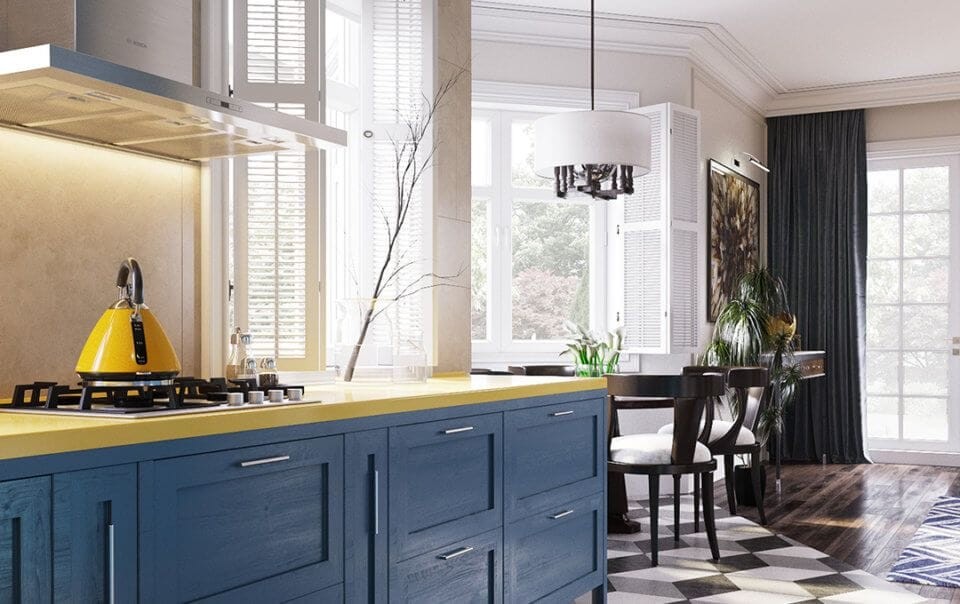
Have you ever wondered how to increase natural light in your home?
Instead of glaring light bulbs, would you rather not have your room bathed in a gorgeous spectrum hue from the sun's rays?
Increase your mood, feel a warm energy through your home and multiply your serotonin levels? At zero cost? Yes, I think so too.
A key way to make the most of this natural resource is to use both interior decoration and architecture to work for you and these measures listed below can significantly increase your interior natural light flow.
The changes you can make in terms of decoration and accessories are simple but effective, and the architectural solutions are a permanent way to redistribute light flow and ensure you’re getting the most of this fantastic resource.
Want to know more about amazing design solutions to increase natural light in your home?
Let’s jump right in...
This trick’s a classic one to increase natural light, and for good reason - it’s very effective.
Fact: mirrors give a greater sense of space by giving an impression of doubled space (especially when window mirrors are used) and when carefully placed can help direct natural light into darker spaces such as hallways or staircases.
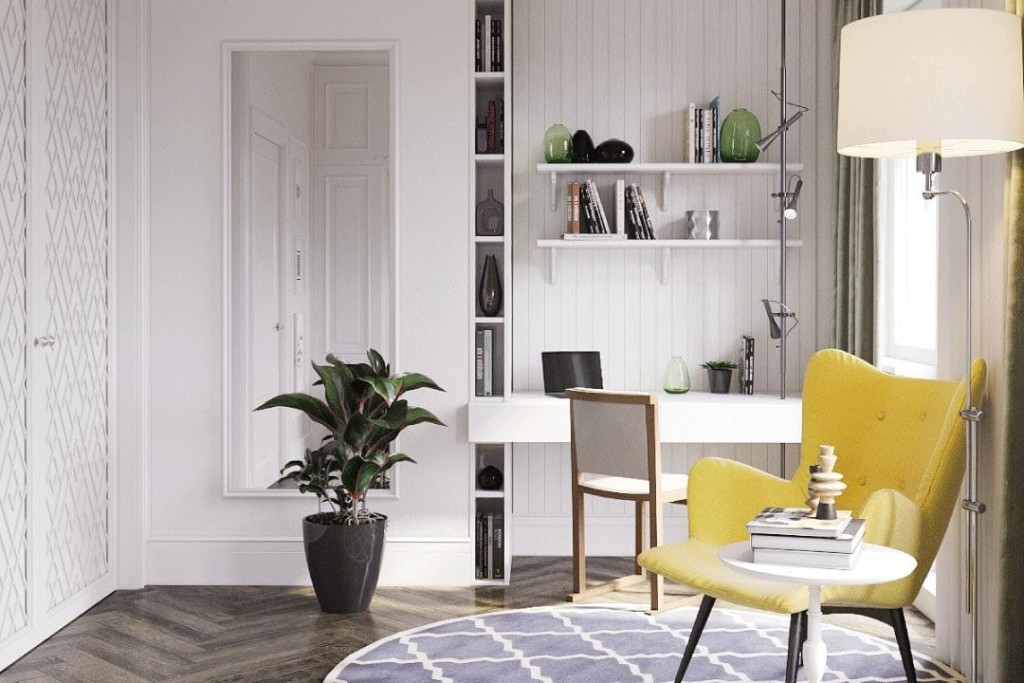
This one’s an easy one - always try to make sure your furniture is in proportion to the size of the room.
In addition, don’t always assume that placing things like sofas and chairs up against the wall to free up space in the centre of a room is the best use of the space - there’s no point if the centre of the room is merely for people to walk across.
We’ve all had that moment after you proudly scrape gunk and pollution off your windows and it looks like you’ve turned the light on!
As dirt builds up on a window, it’s easy to forget how much natural light accumulated grime blocks out and what a difference sparkling glazing makes. Take it from us, it’s worth giving this a try to increase natural light in your home, as obvious as it may seem!
This is similar to the mirroring effect, in that it’s a question of bouncing natural light around the room to the best effect.
Remember that having a lot of metallic surfaces will make your room seem kitchen-y or showroom-y, so when choosing your décor, try and find a good balance of polished and matt surfaces to provide the light you need and the textures you want. Sounds impressive, right?
As I’m sure you know, reams and reams have been written on the importance of this factor, so here we’re just going to give you two options that give different effects but ultimately the same result:
Painting a room white is a surefire way to maximise light, but remember that the light quality will very much depend on the orientation of the windows and the tone of the white paint you use.
Bear in mind that north-facing windows in the northern hemisphere, for example, tend to give a light with a truer colour rendition with a more ‘bluish’ tone, whereas south-facing windows often suffer from glare from the sun. In terms of paint type, although it seems counter-intuitive, glossy walls can actually create a fair amount of glare that is unpleasant to look at. Matte-painted surfaces, on the other hand, reflect light in every direction in a softer way that is much softer on the eye.
Use lighter, brighter interior wallpapers or paints to make the most of the benefits of natural light, but ensure they have a warmer tone to them to avoid a ‘clinical’ feeling in bedrooms, living rooms and dining rooms.
In terms of accessories and furniture, you can add warmth with rich neutrals such as espresso brown, mushroom, warm rust colours and camel tan. If you have a bright white room, these will tone down the white to give your room texture and depth.
If you have a naturally dark room, such as a north-facing bedroom, it might be better to go for more statement yet neutral colours. Shades like taupe, a warm but elegant light grey or a soft beige on walls can be used to improve light and warmth of tone in dark rooms.
What is important here is selecting a colour that reflects light, rather than absorbing it. In addition, don’t forget to make sure your ceiling is white to create an illusion of open space to increase natural light in your home. To offset the tone of the walls, here you can choose furniture and bedding or textiles that are very light or white in colour to contrast with the walls without overwhelming the colour palette
Now, let's move on to something more ambitious...
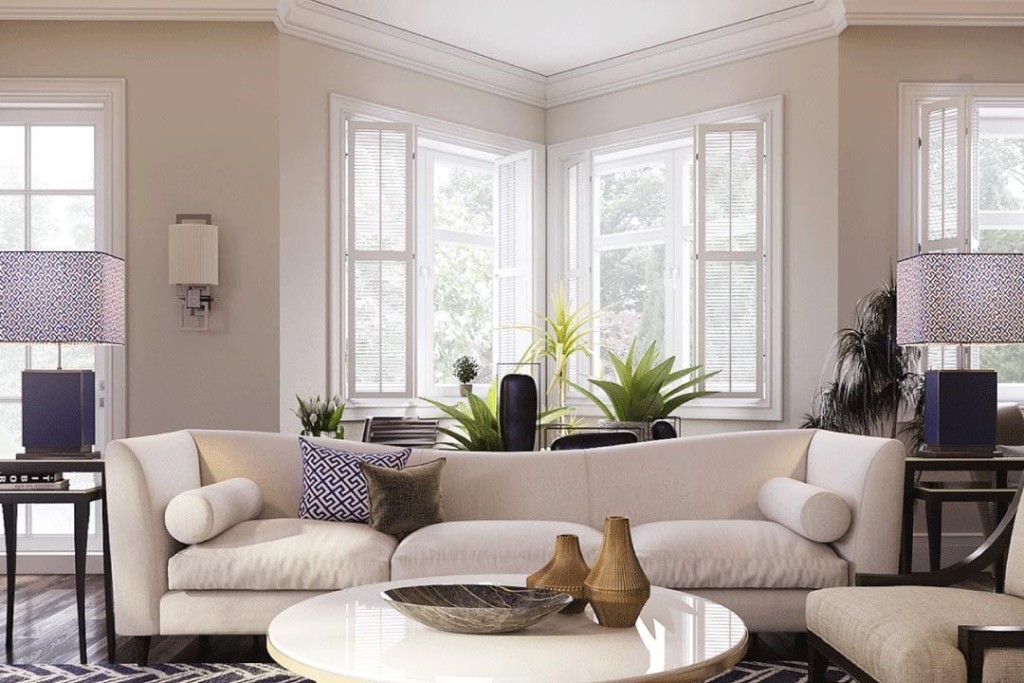
This a rather daring idea for increasing natural light and perhaps not a solution for the nervous.
If you have a light-filled ground floor or upper level, you could install a glass floor to let the light into the room below.
As well as just a sheer pane of toughened glass, you could also have a concrete floor laid with glass blocks installed to let the light into the floor below - much as you see on pavements in cities to let light into basements.
Glazing isn’t just for external windows. Internal glazing could be a solution to a dark hallway while still providing a physical barrier between rooms, for example. If you have a darker room next to a better-lit one but don’t want to join the two physically, you can use internal glazing to bring the two together visually.
Similarly, if you can’t add more windows to an external wall or enlarge them, internal glazing is a good solution for transferring one room’s light into another.
This is a striking idea to increase natural light in your home that could be very effective. Again, using a lighter room, designers put long, narrow openings between rooms to allow light into a darker space without knocking all the way through, creating a door/window or losing the differentiation of space - much like a permanent screen or latticework separator.
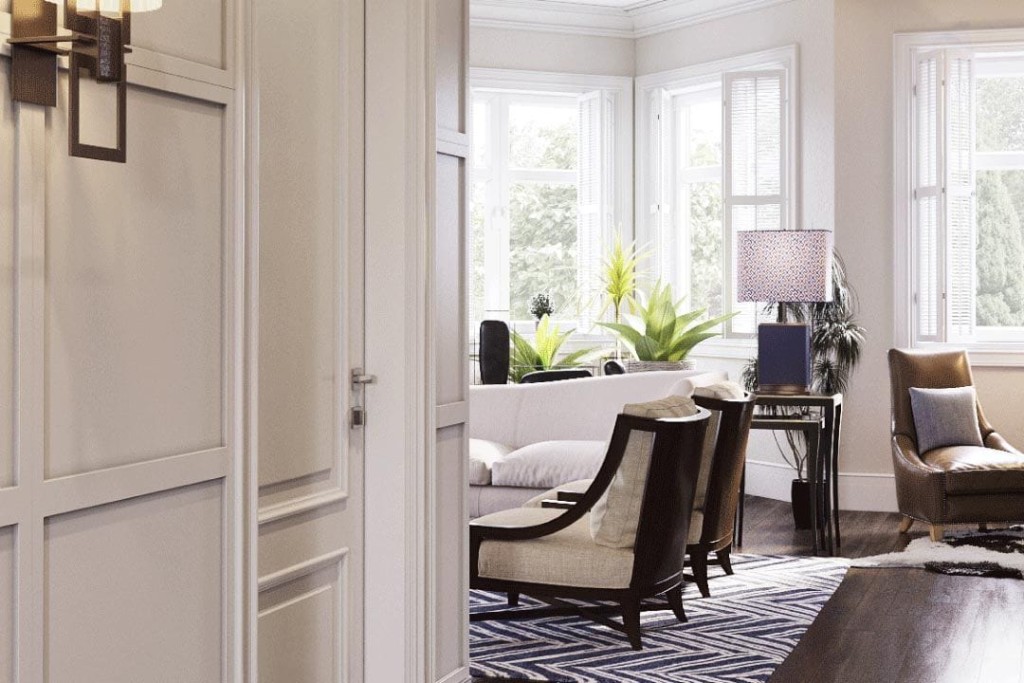
One effective way of lighting up a dark corner or an internal room is to install a sunpipe, which is a reflective metal tube that channels sunlight from a clear dome in the roof to where it’s needed.
These can work very well to increase natural light for dark bathrooms or cloakrooms, but also as a light source for dressing tables or desks. Sunpipes work best on upper floors or single-storeys, as the light diminishes as the pipe gets longer. Essentially, sunpipes are an affordable solution for places where you can’t install windows or rooflights.
A clerestory is a great solution to bring light into rooms when you can’t compromise on privacy or get planning permission for full windows.
Essentially, the solution uses a high-level window strip running just below ceiling level to bring light into rooms They often feature in projects like barn conversions, ground floor bathrooms and loft conversions where overlooking neighbours is an issue.
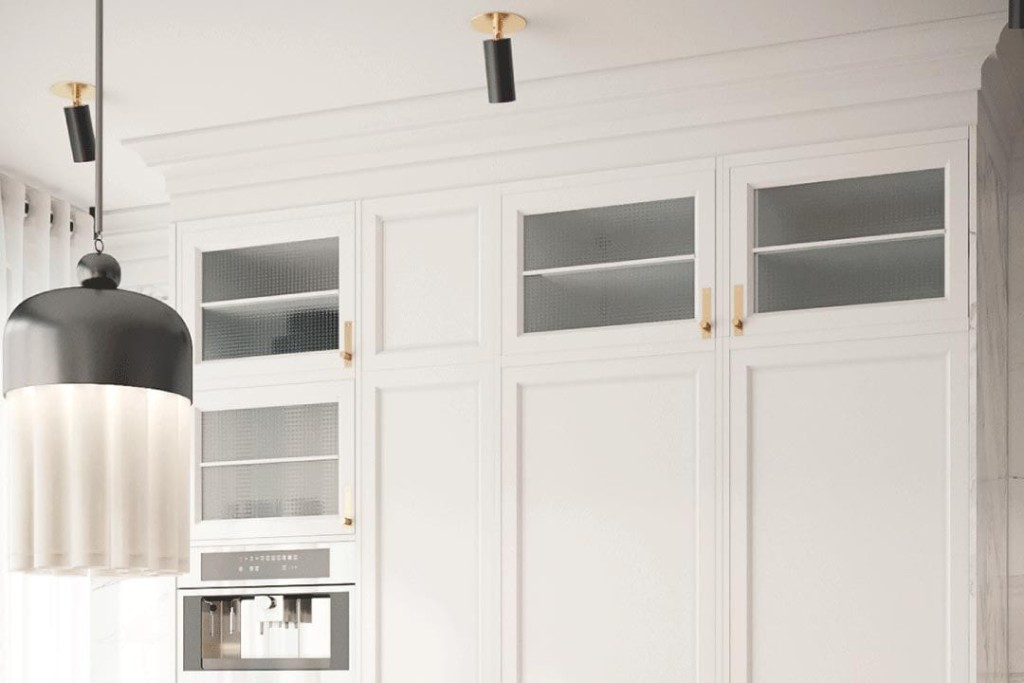
This is another effective way to bring more light into a space by choosing furniture and doors that let light pass through.
By replacing solid doors with glass doors, French doors, or simply openings with no door, light can pass from one area to another easily.
Skylights are an amazingly desirable way to pull in natural light, as a kind of window for your roof.
What makes them so special?
These are great for opening up an extension to the sky in areas like a living room or kitchen where you’re really looking for bright rooms to spend plenty of time with your friends and family in.
These are like a sophisticated skylight, and are an excellent way of introducing light from above by filling a gable in with glazing.
This is a really striking design feature can make for a fantastic focal in both traditional schemes and more modern contemporary homes, as it can be done with either frameless glazing or with a timber frame structure.
As a key feature in the home, the staircase can play a huge role in how light can move between the differing levels.
Whether you opt for a rising, helical or zig-zag design, open treads will provide a greater sense of space in the staircase and will allow light to trickle down from above.
Similarly, a glass balustrade with keep the space open and will let as much light as possible in.
These are a fantastic idea to increase natural light and really create a strong impact.
Glass pantile or roman roof tiles can be a way to introducing pockets of natural light from above into a loft or upper-floor bedroom or living area. The effect is subtle yet striking.
These are ideal for more traditional schemes such as in conservatories where roof lanterns not only fill a room with natural daylight, they create a feature and add height to an interior.
They’re ideal for kitchens and living rooms that benefit from very high light levels.
If you live in a conservation area or in a listed building, companies also now offer roof lanterns that integrate into and respect the existing structure.
These are key for creating a basement level if you dig down, and a lightwell comes into its own in this situation, as it provides the opportunity to not only bring in light to the lower-level accommodation but also to create an internal garden or open space, for example.
These are found in many a Victorian or Edwardian house, and it’s a simple enough trick. Adding glazing above a door — is a foolproof way of bringing light into what would otherwise be a dark hallway. This is a common issue in period homes and developer builds where the hall is a box-like space at the centre of the floorplan.
Want to know the best part?
Like clerestory windows, fanlights are also an ideal way of introducing light without compromising security or privacy.
Hopefully, we’ve given you some ideas that you can implement at home to increase natural light. Maximising natural light is key to all our architectural designs, so take a look at some of our work to see exactly how we’ve done it!

Dilan Filiz BSc is a highly skilled junior interior designer with a strong understanding of how to transform spaces through the power of interior architecture and design.
We look forward to learning how we can help you. Simply fill in the form below and someone on our team will respond to you at the earliest opportunity.
The latest news, updates and expert views for ambitious, high-achieving and purpose-driven homeowners and property entrepreneurs.
The latest news, updates and expert views for ambitious, high-achieving and purpose-driven homeowners and property entrepreneurs.

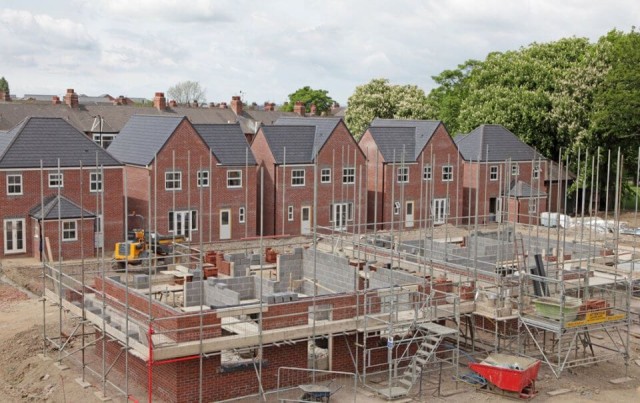
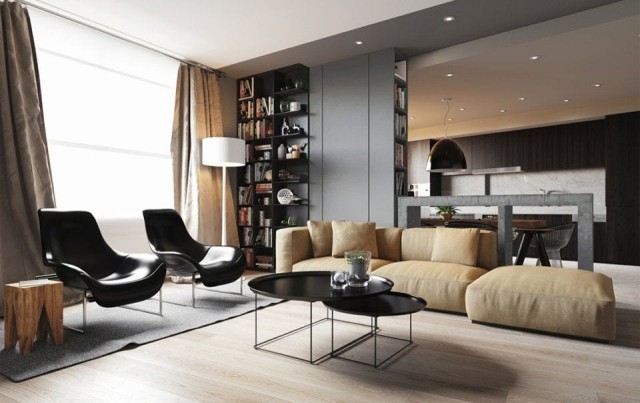
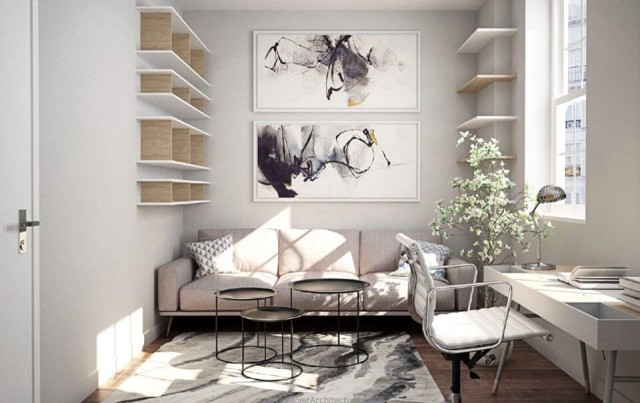
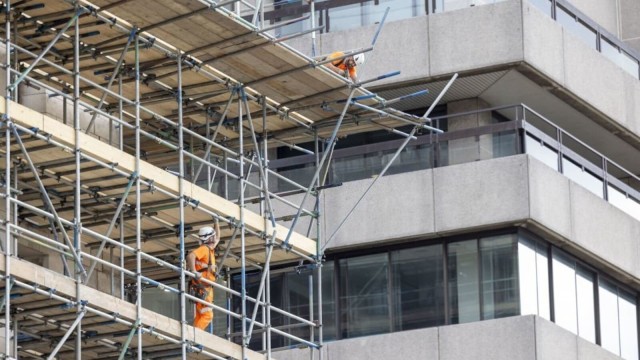
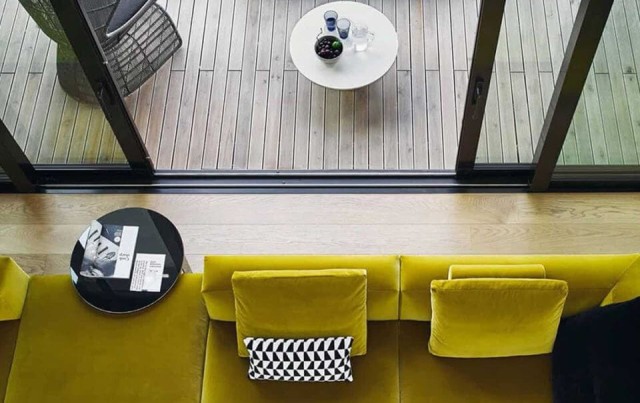


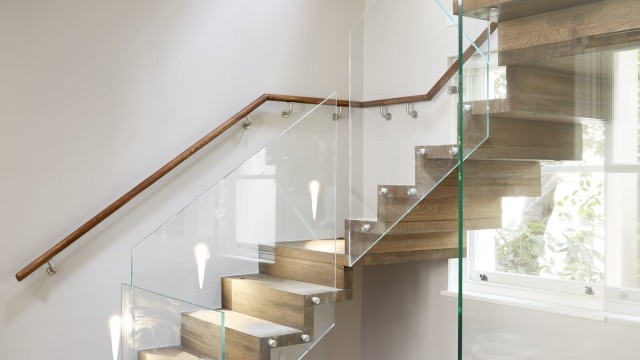
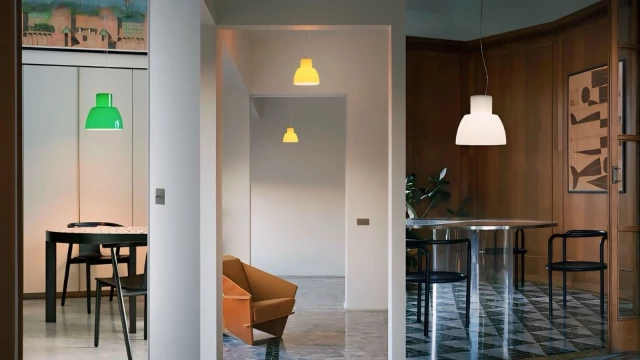
We specialise in crafting creative design and planning strategies to unlock the hidden potential of developments, secure planning permission and deliver imaginative projects on tricky sites
Write us a message